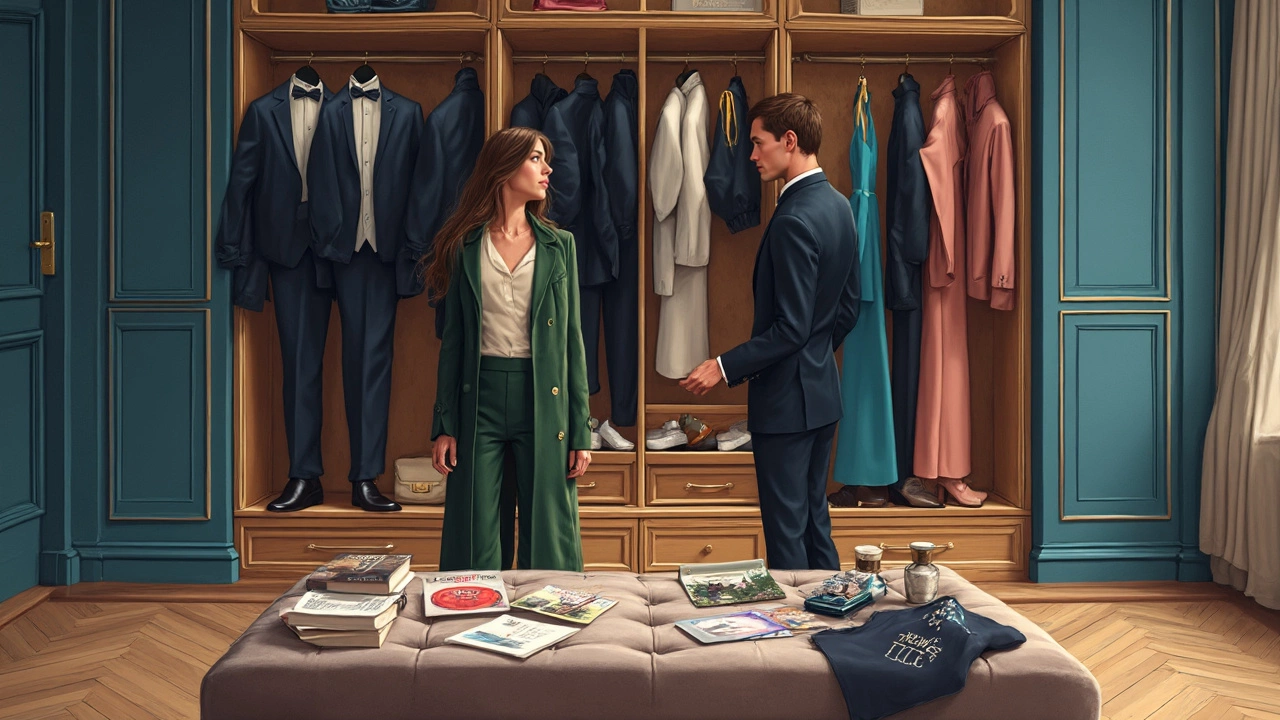Black Tie: The Complete Guide to Formal Evening Style
When you hear the phrase black tie, a formal dress code that calls for tuxedos, dinner jackets, and elegant accessories. Also known as formal evening dress code, it sets the tone for upscale events and signals that guests should dress to impress. Black tie isn’t just a rule; it’s a cultural signal that tells you what kind of atmosphere to expect, from gala dinners to award ceremonies. Understanding it means you’ll know when a tailcoat is appropriate, when a bow tie wins points, and how to avoid common pitfalls that can make you feel under‑dressed.
What to Wear for a Black‑Tie Event
One of the core pieces of the evening wear, clothing designed for formal nighttime occasions is the tuxedo. A classic tuxedo includes a midnight‑blue or black jacket with satin lapels, matching trousers, a white dress shirt, and a black bow tie. Pair it with patent leather shoes and a low‑profile pocket square for a polished look. If the invitation mentions “black tie optional,” you can swap the tuxedo for a dark suit, but you still need to respect the dress code, the set of rules that define appropriate attire for an event. The dress code dictates not only the type of jacket but also the shirt style, cufflink choice, and even the level of formality in your accessories.
The right suit, a tailored ensemble consisting of jacket, trousers, and often a vest can bridge the gap between casual and ceremonial. For a strict black‑tie affair, opt for a tuxedo jacket with a silk façon; for “black tie optional,” a well‑fitted charcoal or deep navy suit with a crisp white shirt and a silk tie works. The suit’s cut, fabric, and fit directly influence whether you meet the expectations set by the dress code. A slim‑fit suit with a structured shoulder conveys confidence, while a classic cut offers timeless elegance. Remember, the suit isn’t just clothing—it’s the vehicle that carries your entire look, from the cufflinks you choose to the way you stride into the room.
Beyond the core pieces, accessories complete the picture. A white pocket square, cufflinks, and a dress watch add subtle flair without breaking the seriousness of the evening wear. Shoes should be polished black Oxfords or patent loafers; they must complement the suit or tuxedo’s formality level. If the invitation allows a bit of personal style, consider a silk bow tie in a muted pattern or a tasteful lapel pin. These details respect the dress code while letting your personality shine. By mastering the relationship between black tie, evening wear, suit, and dress code, you’ll walk into any upscale gathering feeling prepared, confident, and appropriately dressed. Below you’ll find a curated list of articles that dig deeper into each element, from tie‑tying tricks to the latest night‑time fashion trends.
- Cleo Fairchild
- May, 17 2025
- 0 Comments
Evening Dress Codes: What You Really Need to Know
Have you ever stared at an event invite and wondered what on earth to wear? Dress codes like black tie, cocktail, and semi-formal can be confusing if you’re not sure what they really mean. This guide breaks down the most common evening dress codes, so you’ll never feel out of place at any event again. From helpful outfit tips to smart fashion shortcuts, you’ll be ready for any occasion. No more guessing games or last-minute stress—just straightforward answers.
